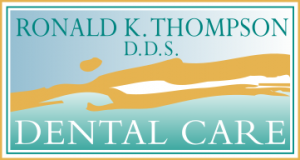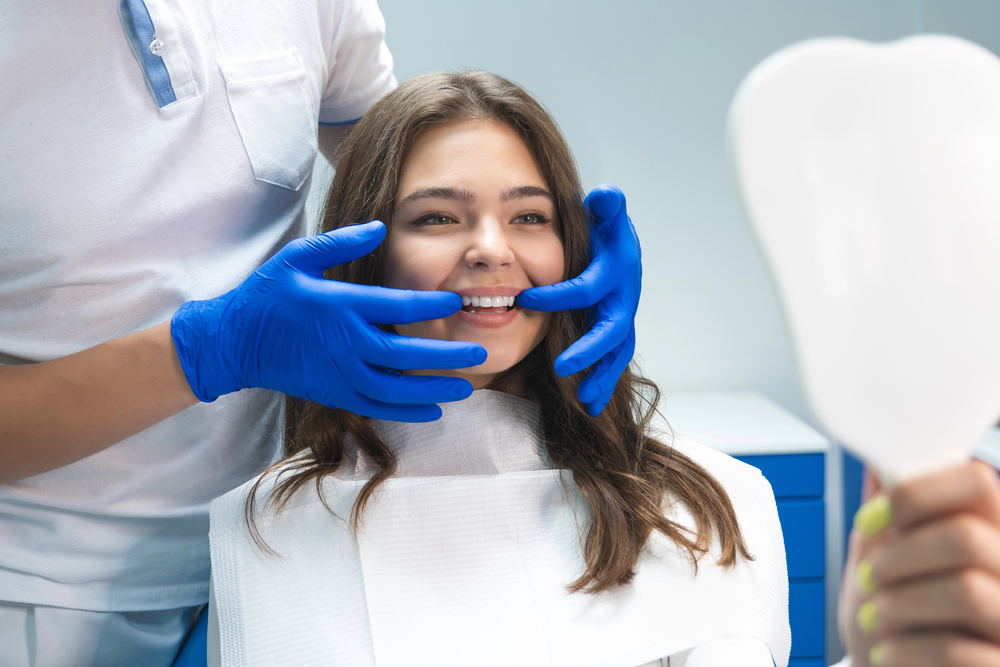Are you curious about how popular TMJ exercises might offer natural relief? These exercises are often discussed as gentle movements aimed at reducing discomfort and improving jaw function, focusing on alleviating symptoms associated with TMJ disorders.
Understanding TMJ Exercises
TMJ exercises are essential for individuals experiencing temporomandibular joint disorders. These exercises aim to strengthen jaw muscles, improve flexibility, and reduce pain. A common exercise involves gently opening and closing the mouth while maintaining proper alignment. Another helpful technique is to move the jaw side to side and forward and backward to enhance mobility. Consistently performing these exercises can alleviate symptoms and improve overall jaw function. Consulting with a healthcare professional ensures the exercises are tailored to individual needs and performed correctly for maximum benefit.
Incorporating TMJ exercises into a daily routine can significantly improve jaw health over time. It’s important to perform these exercises slowly and gently to avoid further strain on the temporomandibular joint. Regular practice can help prevent the recurrence of TMJ symptoms and maintain long-term relief. For more detailed information on treatments beyond exercises, consider reading about Typical TMJ Surgery: Advanced Treatments Explained.
Benefits of Physical Therapy
Physical therapy stands as a cornerstone in managing various health conditions, including TMJ disorders. Engaging in professionally guided physical therapy can play a pivotal role in improving joint functionality and enhancing overall muscular strength. This approach generally focuses on restoring the natural movement of the jaw and reducing symptoms through specific therapeutic exercises. Moreover, physical therapy aims to educate patients about their condition, which can empower them to understand their bodies better and foster an environment conducive to healing.
Physical therapy sessions are tailored to meet the unique needs of each individual, ensuring that the care provided is both effective and appropriate for their specific condition. By focusing on gradual progress and recovery, physical therapy helps patients achieve a better quality of life without invasive treatments. Discover Mesa’s Top TMJ Treatment Solutions.
Role of Stress Management
Managing stress is often discussed alongside various TMJ exercises as a general approach to alleviating symptoms associated with TMJ disorders. High-stress levels can exacerbate jaw tension and discomfort, highlighting the importance of stress management in daily routines. By addressing stress, individuals might notice a general improvement in their overall well-being, which could indirectly support the effectiveness of TMJ exercises.
Importance of Proper Posture
Maintaining proper posture is crucial when managing symptoms associated with TMJ disorders. An aligned and balanced posture helps in reducing strain on the jaw and surrounding muscles, which can be beneficial for those experiencing discomfort. While exploring various TMJ exercises, understanding the role of posture can be a fundamental aspect of managing the condition effectively. For more comprehensive dental health insights, consider visiting East Valley Dental Care, your trusted Mesa Dentist.
Impact of Diet on TMJ
The relationship between diet and TMJ disorders is an area of interest for many experiencing jaw discomfort. While TMJ exercises are commonly discussed for managing symptoms, the types of food consumed can also play a role in the overall condition of the temporomandibular joint. Understanding how diet interacts with TMJ health might provide insights into the complexities of this joint’s functionality and its responses to different dietary patterns.
Heat vs. Cold Therapy
When exploring TMJ exercises for alleviating jaw pain, incorporating heat and cold therapy can significantly enhance your relief efforts. Applying a warm compress can help relax the muscles around the jaw, thus making it easier to perform TMJ exercises effectively. On the other hand, cold therapy can reduce inflammation and numb sharp pain. For optimal results, alternate between heat and cold treatments before and after your TMJ exercises. This combination not only eases discomfort but also aids in the recovery process, allowing for more effective movement and healing.
Massage Techniques Overview
Incorporating massage techniques into your routine can significantly enhance the effectiveness of TMJ exercises. These massages help relax the jaw muscles, increase blood flow, and reduce inflammation, providing relief from TMJ symptoms. By focusing on specific areas such as the masseter, temporalis, and pterygoid muscles, you can effectively target the source of TMJ discomfort. Regularly practicing these massage techniques alongside other TMJ exercises can lead to better jaw mobility and pain reduction, making them a crucial component of natural TMJ treatment strategies.
Jaw Stretching Exercises Explained
Jaw stretching exercises are a cornerstone of non-invasive TMJ treatments, offering relief and increased mobility for those suffering from TMJ disorders. These exercises help to strengthen and relax the jaw muscles, reducing symptoms such as pain and stiffness. By gently stretching the temporomandibular joint, TMJ exercises can enhance jaw function and promote healing. Regular practice of these exercises, under the guidance of a healthcare professional, can significantly alleviate discomfort and improve overall jaw health.
Relaxation Techniques for Jaw Pain
Incorporating relaxation techniques into your routine can be a transformative approach to managing jaw pain associated with TMJ disorders. These TMJ exercises not only help in reducing tension but also promote healing by improving blood flow to the affected area. Techniques such as guided imagery, deep breathing exercises, and progressive muscle relaxation can significantly alleviate the discomfort. By focusing on relaxing the jaw muscles, these methods can decrease the frequency of TMJ flare-ups, offering a natural and effective relief option.
Conclusion
For further inquiries on tmj exercises, please call us at 480-890-2811 or read our reviews on Google Maps.





